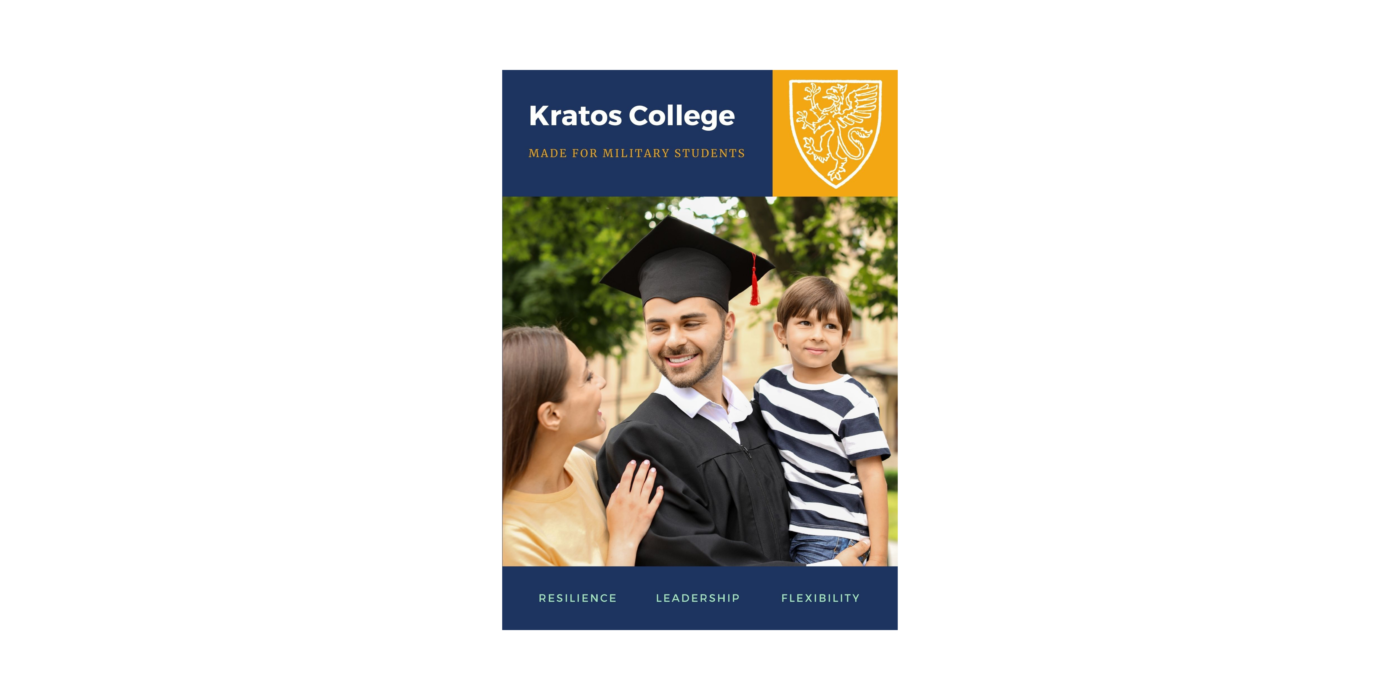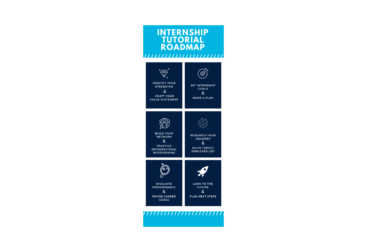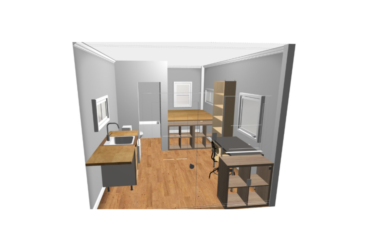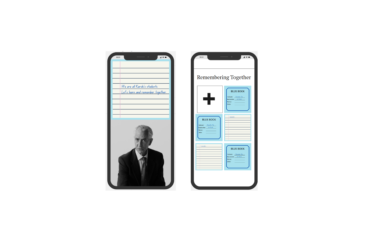Overview
For this project, I explored what it might look like to create a college designed specifically to meet the needs of active duty servicemembers and veterans. As part of this design process, I created an admissions brochure for my imagined university.
Design Context
The year is 2030. The world is experiencing worsening impacts of climate change, with the US Southeast experiencing coastal and inland flooding, more severe hurricanes and a longer hurricane season, extreme heat, and drought. As a result of the COVID-19 pandemic and efforts to reduce carbon emissions and climate change, there is more widespread adoption of remote work and online learning along with significant improvements in associated technologies to support virtual engagements. This includes advances in VR and AR to support rigorous virtual labs and other remote “hands-on” learning in the sciences, engineering, and other disciplines.
Design Process
In designing this college, I drew inspiration from a variety of sources. My initial motivation came from reading Tressie McMillan Cottom’s Lower Ed at the start of the semester and wanting to explore how non-profit institutions could leverage some of the strengths of the for-profit model to better recruit and support non-traditional students. I was also inspired by the interview with College Unbound’s Adam Bush from the summer’s Big Rethink, which gave me a great jumping off point for thinking about how institutions can effectively serve and support non-traditional student populations and create clear pathways for transfer credit and degree completion. I wanted to design an institution that would blend some of the components of each model — the active outreach, straightforward enrollment process, and scalability of popular for-profit institutions alongside the College Unbound cohort-based experiential learning approach — to create a college that would better serve non-traditional, military-affiliated students.
As I started developing this idea, I looked at a variety of institutions that actively recruit veterans and current servicemembers and that have a reputation for successfully supporting these populations. I began with researching “best of” lists for veterans and servicemembers, particularly the US News and Military Times lists. I took a particularly close look at fully online schools and schools with large online student populations, including American Public University System, Arizona State University, Southern New Hampshire University, and University of Maryland Global Campus. One college that served as a particularly useful model is Excelsior College. Excelsior’s 32-page Veterans Viewbook and the website for their Center for Military and Veteran Education provided me with detailed insight into their approach to recruiting, enrolling, and educating military-affiliated students.
In developing the specific support services, I drew on my own experience recruiting and advising current servicemember and veteran students in my current role at Georgetown, information on best practices in supporting military-affiliated students, as well as what I’ve seen of how even these gold-standard approaches fail so many veterans.
In developing my ideas for what more robust support services for veterans, particularly those with PTSD, I also drew heavily on Bessel Van der Kolk’s The Body Keeps the Score: Brain, Mind, and Body in the Healing of Trauma (Penguin Books, 2014) and his insights into successful approaches to treating PTSD in veterans and other populations.



